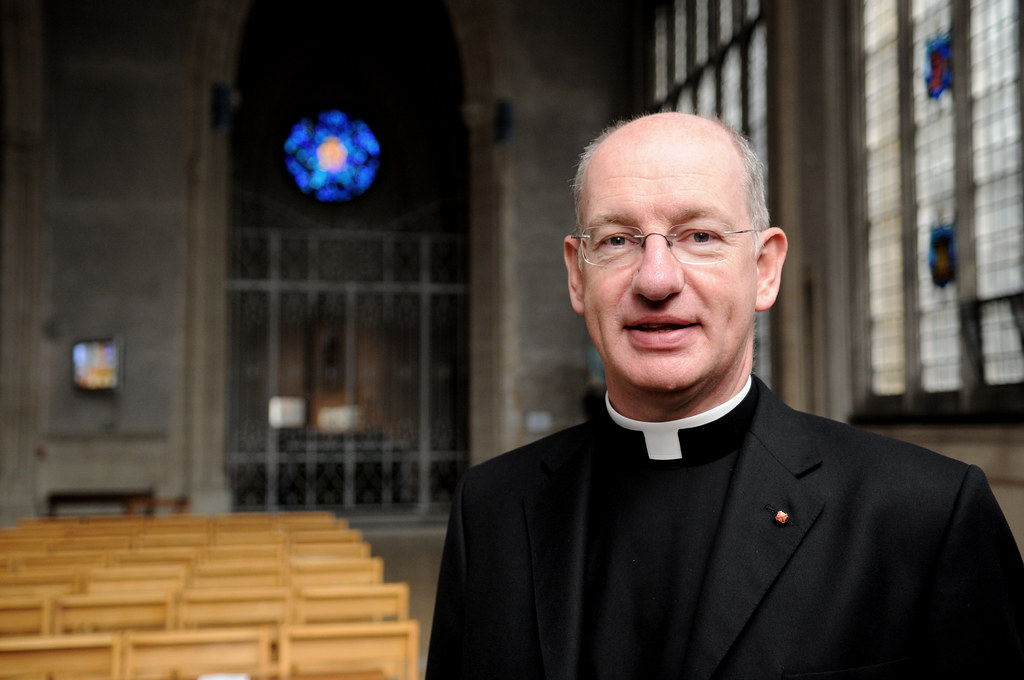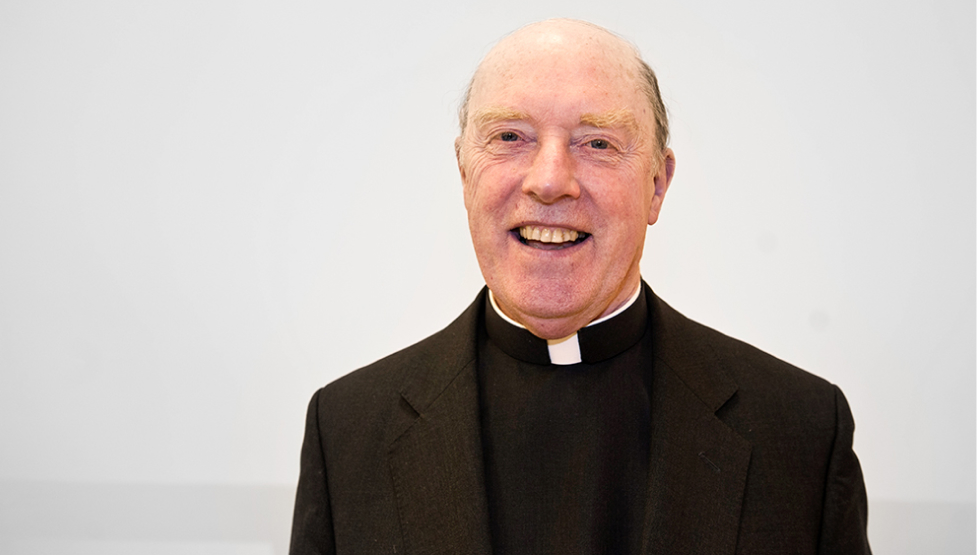A special multi-route walking pilgrimage has been established in England and Wales for the 2025 Jubilee. Named "The Pilgrimage of Hope", it will involve four separate Ways converging at the Cathedral of St Barnabas in Nottingham for a celebration in September.
The four main Ways – which are named after the four Evangelists, Saints Matthew, Mark, Luke and John – start at the Catholic cathedrals in Cardiff, Leeds, Norwich and London, and aim to “bless our nations with a Sign of the Cross and with the Gospels”, says the Pilgrim Way Project, which is behind the endeavour.
The pilgrimage will culminate with Solemn Mass for the Feast of the Exaltation of the Holy Cross at 11.15 a.m. on 14 September 2025 at St Barnabas' Cathedral. The pilgrimage aims to "embody the values of the Sisters of the Holy Cross of compassion, faith, prayer and community".
Pope Francis in Spes Non Confundit, the Bull of Indiction of the 2025 Jubilee, said:
“Pilgrimage is of course a fundamental element of every Jubilee event. Setting out on a journey is traditionally associated with our human quest for meaning in life. A pilgrimage on foot is a great aid for rediscovering the value of silence, effort and simplicity of life. In the coming year, pilgrims of hope will surely travel the ancient and more modern routes in order to experience the Jubilee to the full.”
The four routes for the new national pilgrimage use established hiking routes and are off road as much as possible, notes the Pilgrim Way Project. A small group of “perpetual pilgrims” will walk the full distance of each Way, while day pilgrims can register to join for various stages of the routes.
Stretches which are suitable for wheelchairs and buggies have also been identified. There are also opportunities for non-walkers to be involved and to provide support, hospitality and prayer.
"There are also possible feeder routes to the four main Ways from all the other Catholic cathedrals of England and Wales ... so people from every diocese are able to participate," states the Pilgrim Way Project, noting that the more distant feeder route options could appeal to "keen long-distance walkers".
The project is a three-year effort to promote walking pilgrimage within the Catholic dioceses of England and Wales by developing and promoting "Pilgrim Ways between the cathedral of each diocese and one or more national or diocesan shrines within that diocese".
It aims to offer "an opportunity for Catholics and other Christians to deepen their faith and for people of all faiths and none to share the experience of walking a pilgrimage in a Catholic context".
Those behind the Pilgrim Way Project note that pilgrimage is an element of many religions and cultures, but it is always a journey to a place of special significance for the pilgrim. It involves someone stepping out of their daily routine to reflect on the meaning and purpose of their life and to open themselves to personal transformation.
A walking pilgrimage is a slow journey in direct contact with the earth. On foot, a pilgrim is vulnerable to the elements and may experience solitude as well as companionship and encounters with strangers.
"Walking pilgrimage tends to lead to a humble acceptance of our fragility and transience in this world," say the project's organisers, noting that a key feature of pilgrimage is intention. This might be a personal intention such as for the healing of a broken relation. It might be for another person, perhaps in memory of a beloved person who has died or for a particular saint.
It might be for a community such as a parish or a school, or it might be for a cause like homelessness or "simply to give glory to God for the wonder of creation", say those behind the project, adding that in Catholic understanding, pilgrimage is a search for God, even if we are not fully aware of it.
As Pope Benedict XVI put it, the project notes: “To go on pilgrimage is not simply to visit a place to admire its treasures of nature, art or history. To go on pilgrimage really means to step out of ourselves in order to encounter God where he has revealed himself, where his grace has shone with particular splendour and produced rich fruits.”
Photo: screenshot of graphic showing icon representations of the four Evangelists (from Pilgrim Ways Project).
Those interested in participating in The Pilgrimage of Hope can register HERE.








.png)

.jpg)





